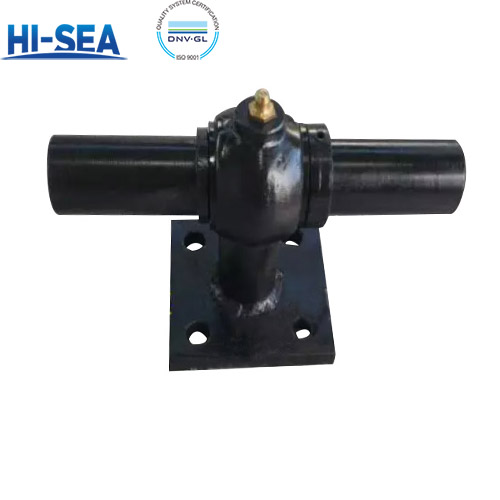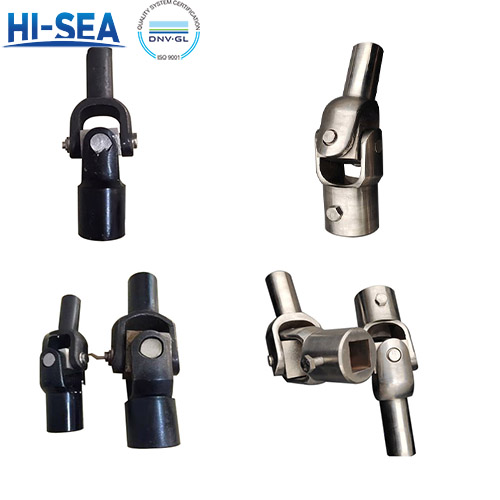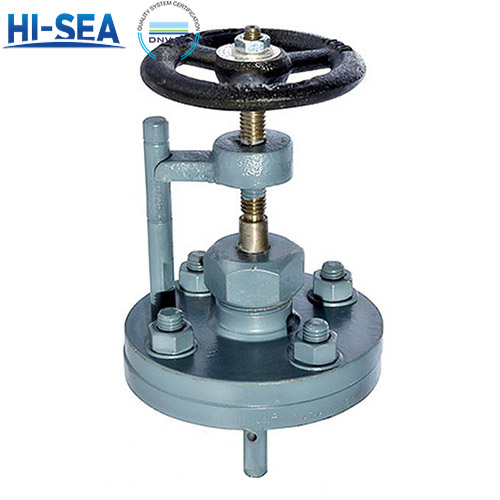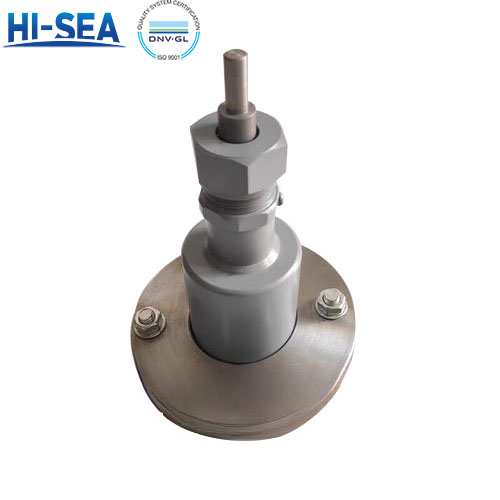
Control method of marine capstan
The control methods for marine capstans can be divided into local control and remote control.
Overview
The control methods for marine capstans can be divided into local control and remote control.
Local Control: Local control involves operating the capstan directly from its control panel, which is typically located near the capstan itself on the deck of the vessel. Operators can manually control the capstan's operation by using buttons, levers, or switches on the control panel. This allows for immediate and precise control over the capstan's speed and direction. Local control is often preferred for tasks that require close supervision and quick adjustments, such as mooring or anchoring operations.
Remote Control: Remote control allows operators to control the capstan from a distance using wireless or wired remote control devices. These remote-control devices can include handheld controllers, and pendant stations. Remote control offers the advantage of allowing operators to operate the capstan from a safe distance, providing better visibility of the operation and potentially reducing the risk of accidents. Remote control is particularly useful in situations where direct access to the capstan may be limited or hazardous, such as on large vessels or in rough weather conditions.
Both local and remote control methods have their advantages and are used depending on the specific requirements of the maritime operation and the preferences of the operators.
For more marine capstan information, kindly please click here.





